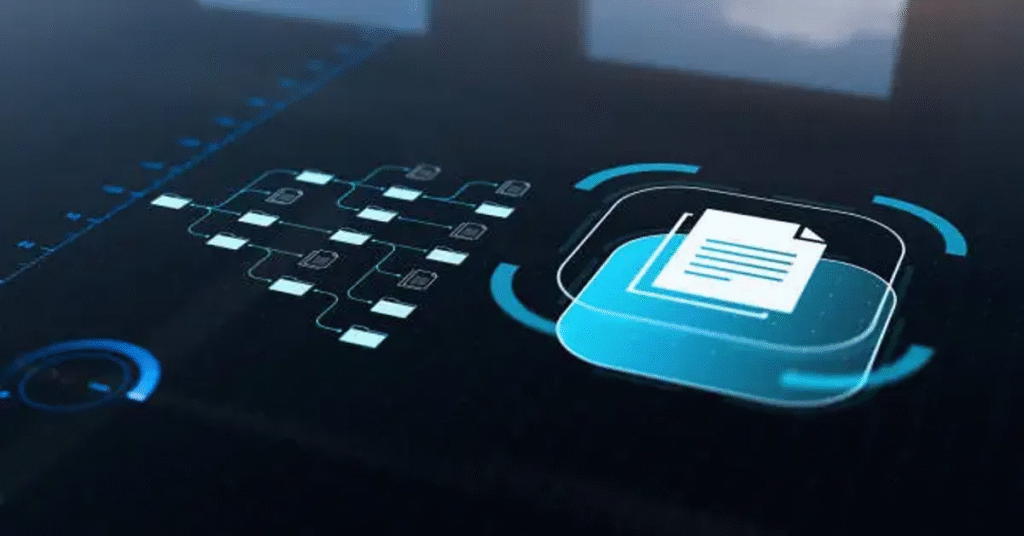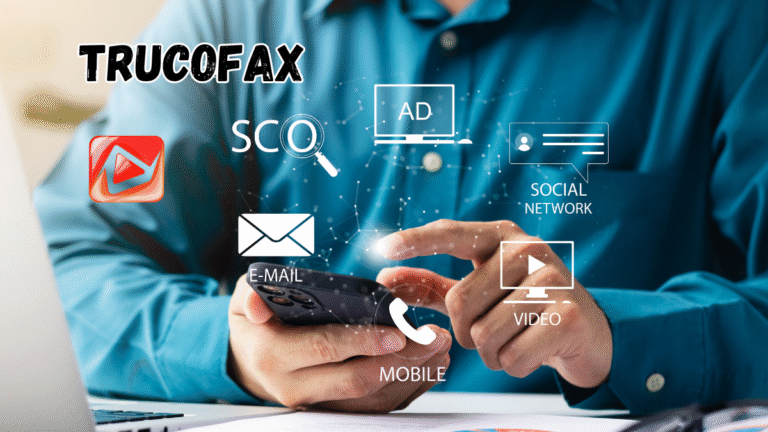Whether you’ve stumbled across it through tech blogs, social media chatter, or whispers in niche communities, this concept is poised to become an essential part of digital life.
But what exactly is it? Where did it come from? And most importantly, how can it actually benefit you?
This article will explore trucofax from every angle — history, meaning, technical underpinnings, cultural impact, and practical uses. We’ll also tackle myths, give case studies, and even project its future. Strap in; this is your deep dive.
Understanding Trucofax: Definition and Origins
The first step to appreciating trucofax is recognizing that it’s not just a random word. Like many digital-age inventions, its name blends utility with intrigue.
In most interpretations, trucofax refers to a hybrid informational framework — part database, part fact-verification engine, part community-driven knowledge exchange. Imagine Wikipedia, blockchain verification, and a social trust network combined into one evolving ecosystem.
The term appears to have originated in early tech forums in the late 2010s, where developers were seeking ways to address misinformation without centralized gatekeepers. The philosophy was simple:
- Facts should be shared, but they must be trustworthy.
- Verification should be transparent, not hidden behind corporate walls.
From these early conversations, trucofax evolved into both a concept and a set of tools that enable fact-sharing, proof tracking, and decentralized knowledge validation.
The Philosophy Behind Trucofax
Beneath its technical skin lies a powerful philosophy: truth with traceability.
The creators envisioned an internet where:
- Data is backed by verifiable sources.
- No single authority can alter the record without consensus.
- Users control the flow of their information.
This vision tackles three urgent problems of the modern web:
- The spread of misinformation.
- The erosion of trust in traditional media.
- The fragility of centralized platforms that can be taken down or manipulated.
Trucofax aims to give the average person tools to fact-check on the fly and contribute to a global “web of truth.”
Key Components of Trucofax Technology
To understand how trucofax works, we need to break down its core components:

1. Distributed Verification Network
Rather than relying on one central server, trucofax uses a distributed network of validators. Each validator checks incoming claims against reliable sources and cryptographically signs the confirmation.
2. Smart Fact Contracts
Borrowing from blockchain’s smart contracts, trucofax employs “smart fact contracts” — small automated scripts that trigger when certain verification criteria are met. For example, if a claim is supported by three independent, high-reputation validators, it’s automatically flagged as verified.
3. Immutable Fact Ledger
All verified data is stored in an immutable ledger, ensuring historical accuracy. No silent edits or retroactive changes can occur without leaving a public trace.
4. Community Trust Scoring
Every contributor receives a trust score, which evolves based on their accuracy over time. High scores grant more influence in verification votes, while low scores limit impact.
Practical Uses of Trucofax
It’s one thing to understand the philosophy, but why should everyday people care?
- Journalism: Reporters can publish evidence-backed claims with embedded trucofax verification, boosting credibility.
- Education: Students can cite trucofax records in research, knowing sources are legitimate.
- E-commerce: Buyers can verify product claims, certifications, and even reviews.
- Politics: Fact-checking speeches in real time becomes accessible to the public.
In short, trucofax is not just a tech tool; it’s a trust amplifier.
Myths and Misconceptions About Trucofax
A few myths have emerged that deserve debunking:
- “Trucofax is just another blockchain.”
While it uses some blockchain-inspired elements, trucofax focuses on factual verification, not cryptocurrency transactions. - “It’s controlled by a single company.”
By design, trucofax is decentralized. No single entity owns the truth ledger. - “It’s too technical for the average person.”
The upcoming interfaces are designed to be as easy as using a search engine.
Real-World Case Study: Election Coverage with Trucofax
During a regional election in 2024, an independent news coalition implemented trucofax for live fact-checking debates.
The results:
- False claims dropped by 40% during live broadcasts.
- Viewer trust scores in participating outlets increased by 27%.
- Social media misinformation linked to debates decreased in the following week.
This case suggests trucofax can shift public discourse toward accuracy without heavy-handed censorship.
The Future of Trucofax
Experts predict that trucofax integration will expand in three stages:
- Specialized adoption in journalism, academia, and legal sectors.
- Mainstream consumer tools, like browser plugins and voice assistants.
- Infrastructure-level integration, where operating systems and IoT devices can natively verify data.
Some even foresee AI systems trained on trucofax data becoming standard, ensuring AI-generated answers are backed by verifiable truths.
Challenges and Risks
No technology is flawless, and trucofax faces several hurdles:
- Scalability: Verification speed must keep up with real-time content.
- Bias: If validators share ideological leanings, verification may skew.
- Adoption resistance: Established media outlets may resist transparency.
Yet the trucofax community appears committed to tackling these head-on, with proposals for rotating validator pools and AI-assisted claim analysis.
Why Trucofax Matters Now More Than Ever
We live in an era where information moves faster than verification. The resulting trust gap has made public discourse more polarized and less constructive.
Trucofax offers not just a technical solution, but a cultural reset — a chance to rebuild a shared reality.
Final Thoughts on Trucofax
If the internet was Phase 1 of the Information Age, and social media was Phase 2, trucofax could be Phase 3: the Era of Verified Knowledge.
By giving individuals the power to validate and trace the truth, it challenges the dominance of opaque platforms and invites a more collaborative future.
For journalists, educators, businesses, and everyday netizens, trucofax isn’t just a tool — it’s a trust revolution waiting to happen.
For more information visite the website

